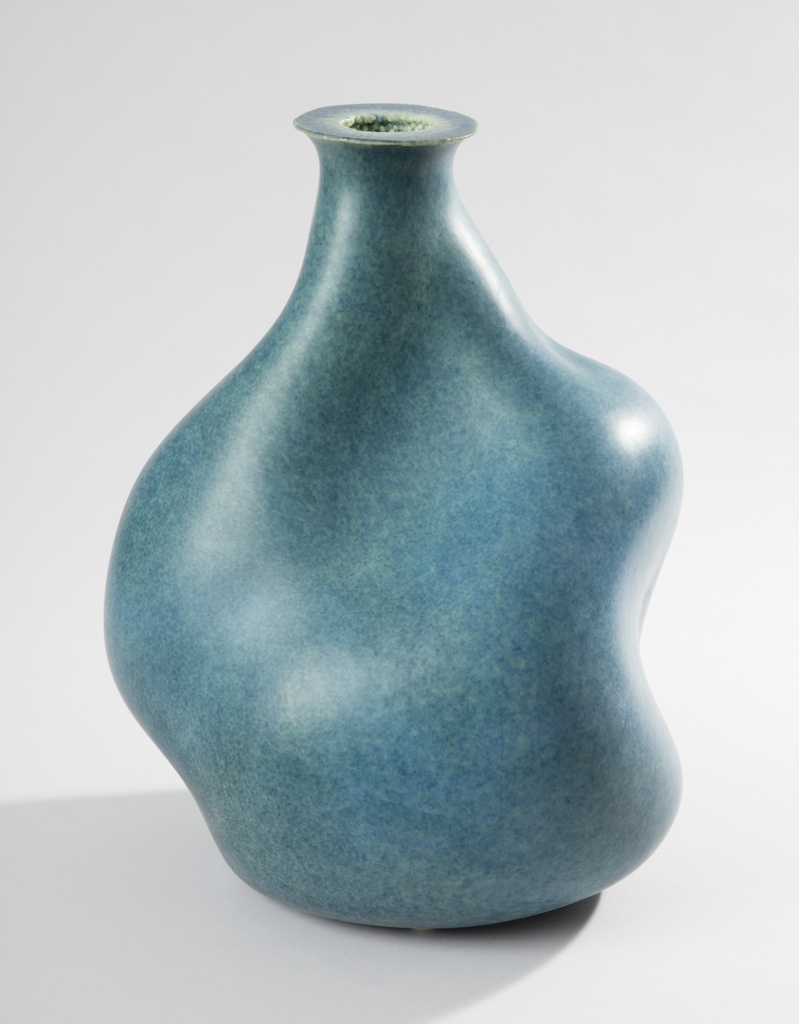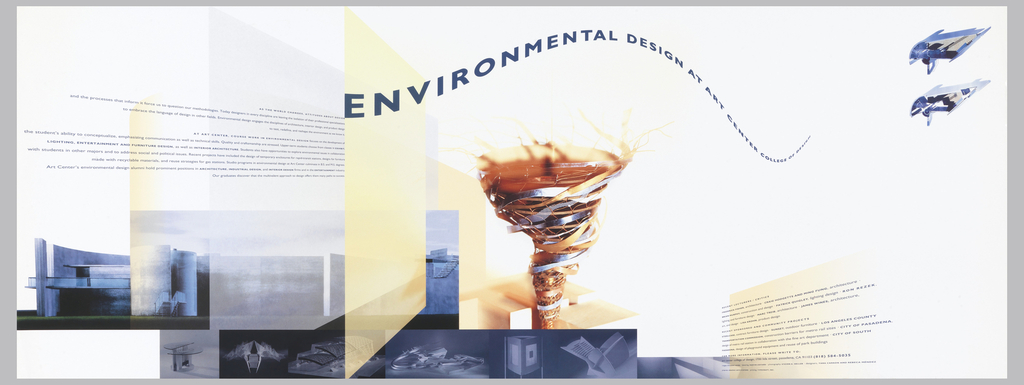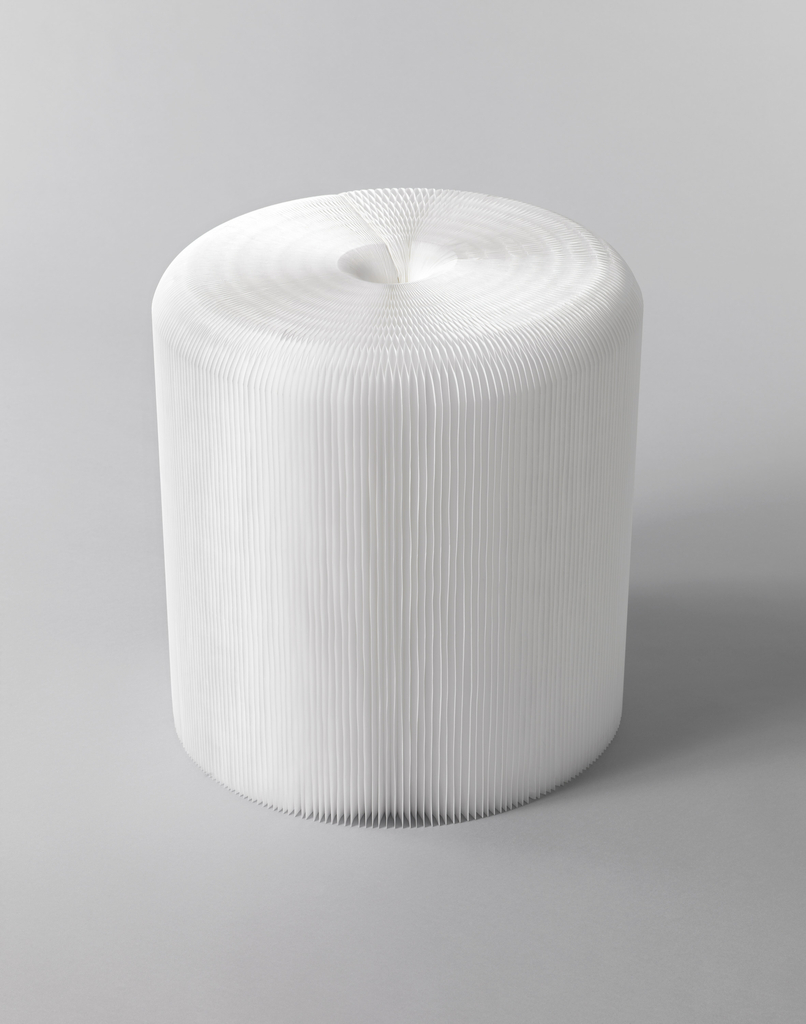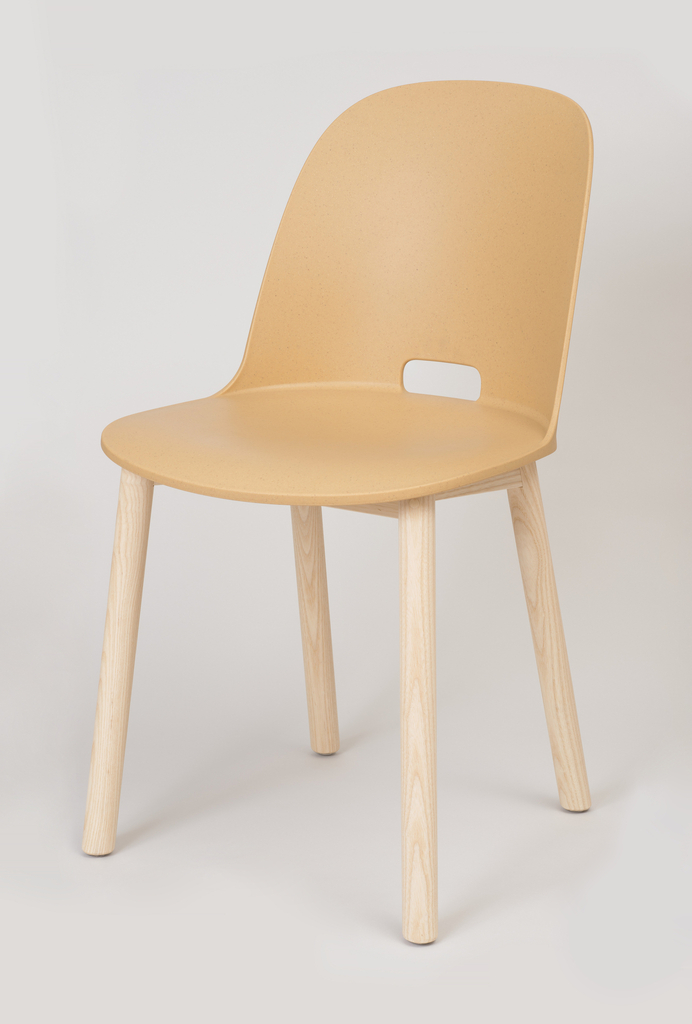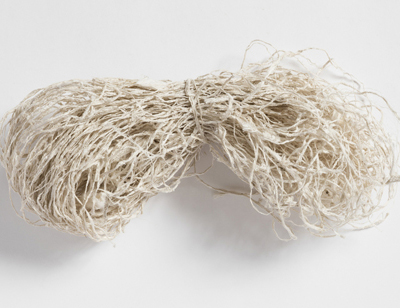Designers Rutger de Regt and Marlies van Putten, the principals of Handmade Industrials, are both inspired and concerned by today’s production processes that are increasingly driven by computers. They ask, are we reducing or removing the presence of human experience and experimentation in manufacturing? Are we losing touch with our environment—is it becoming increasingly artificial?...
Today’s Object of the Day celebrates the winners of Cooper Hewitt’s National Design Awards. Honoring lasting achievement in American design, the Awards take place annually during National Design Week, with festivities for all ages celebrating design creativity and innovation. Today’s blog post was originally published on March 29, 2018. As design director for her alma mater, Art Center...
In celebration of Women’s History Month, March Object of the Day posts highlight women designers in the collection. As design director for her alma mater, Art Center College of Design in Pasadena, California, from 1991 to 1996, designer and artist Rebeca Méndez (b. 1962, Mexico City; active Los Angeles) played a key role in re-envisioning...
The softseating stool is a collapsible form made of white, paper-thin honeycombed polyethylene sheets joined between two white cardboard panels that connect with magnets to form a cylindrical shape. When fanned outward and secured, the polyethylene sheets are sturdy enough to support weight, yet remain comfortable to the user. The stool is portable, lightweight, and...
The Alfi chair is the product of a 2015 collaboration between British furniture-maker Jasper Morrison and American manufacturer Emeco. The chair’s simplicity expresses Morrison’s concept of “Super Normal” design, whereby objects are significant because of their everyday usefulness. The chair’s sturdy stance is in line with Emeco’s history as a manufacturer that prides itself in...
A Smithsonian celebration of Earth Day will focus attention on effective solutions for saving the planet.
In this video, Eileen Fisher and Patagonia’s Nellie Cohen discuss how their organizations have innovated the reuse of textiles in the production process and transformed “closed cycle” design into a profitable business model.
